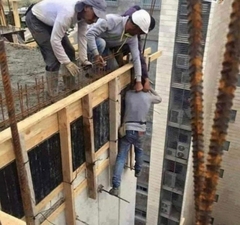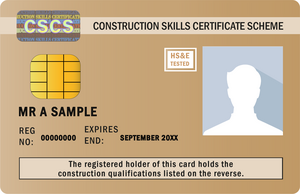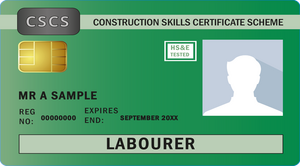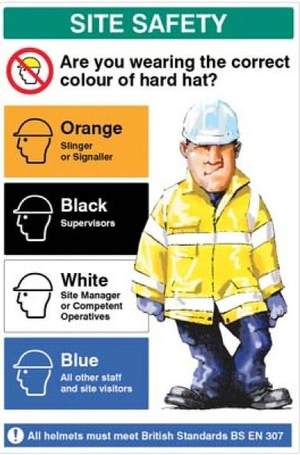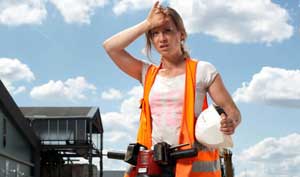The History of Health & Safety in the UK: From the Factories Act to Present Day
The history of Health & Safety in the UK is a long and complex one, spanning centuries of social, political, and economic change. From the earliest days of the Industrial Revolution to the present day, the UK has been at the forefront of efforts to protect workers from harm and promote safe working conditions.
The origins of Health & Safety in the UK can be traced back to the early 19th century, when the first provisions of the Factory Act of 1833 were introduced. This landmark legislation, which was designed to regulate working conditions in factories and mills, marked the beginning of a long and ongoing struggle to improve workplace safety and protect workers' rights.
Over the years, the UK has continued to lead the way in the field of Health & Safety, with the introduction of the Health & Safety at Work Act 1974 and the establishment of the Health and Safety Executive (HSE) in 1975. Today, the UK remains a global leader in Health & Safety, with a robust regulatory framework and a strong commitment to protecting workers' health and wellbeing.


